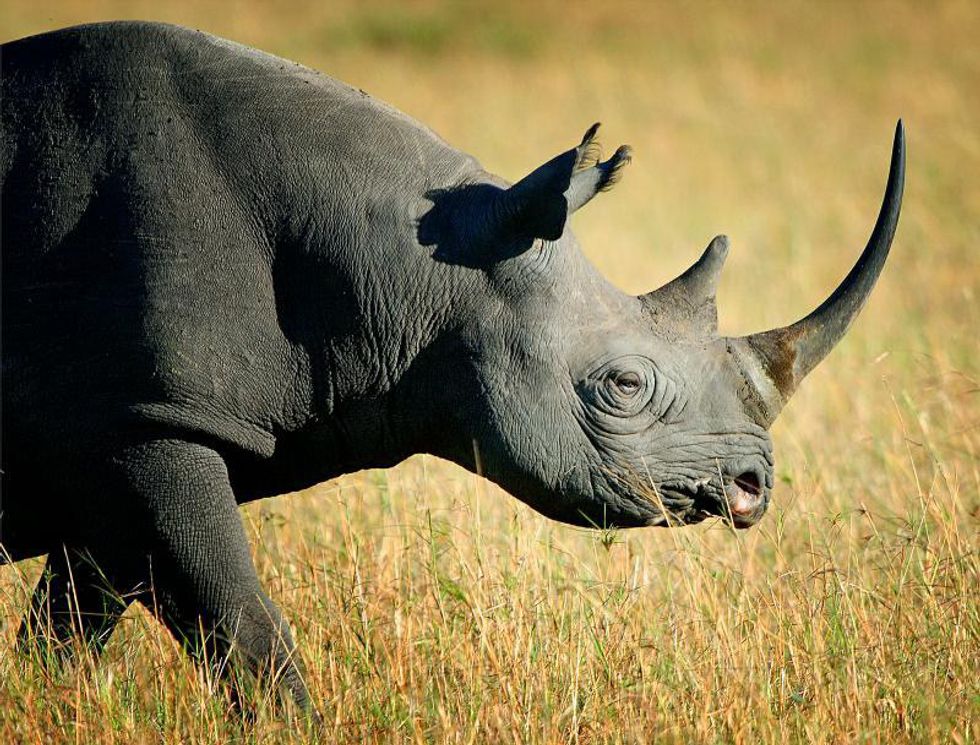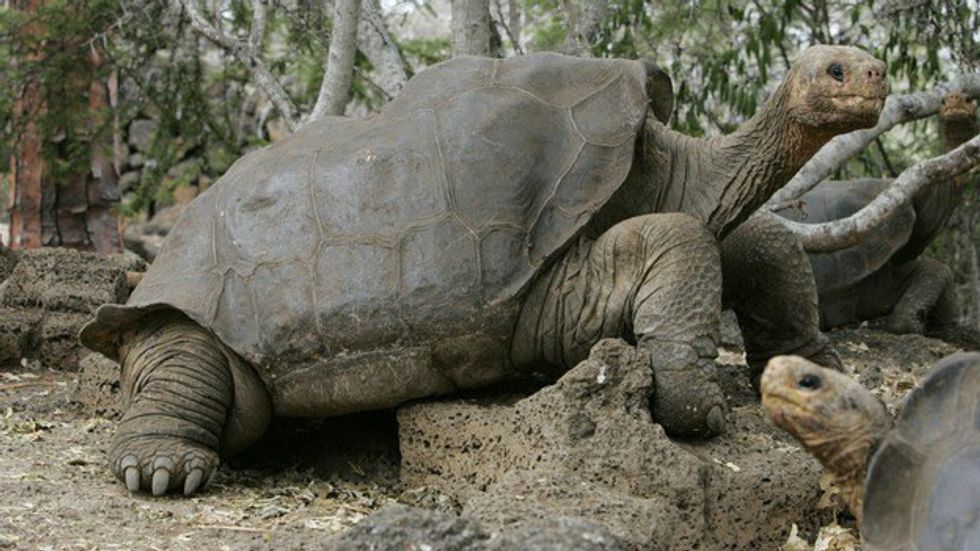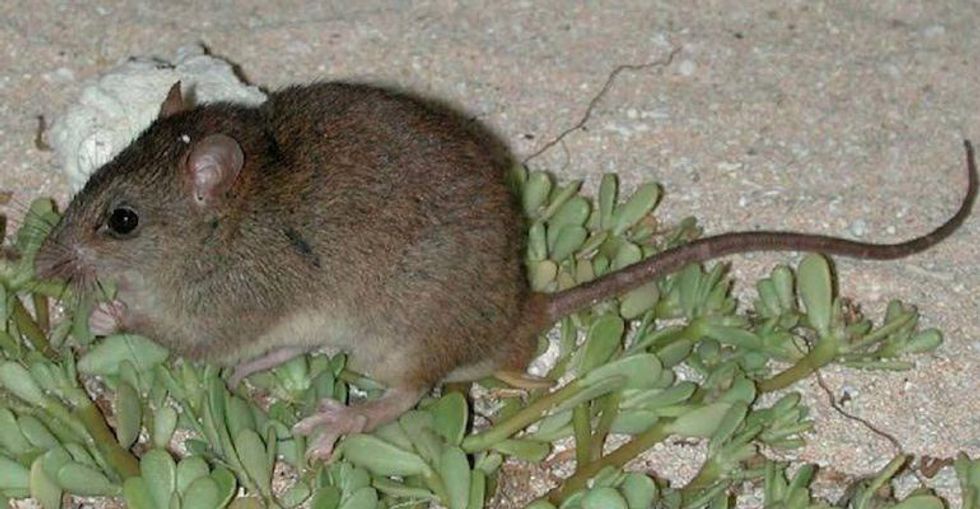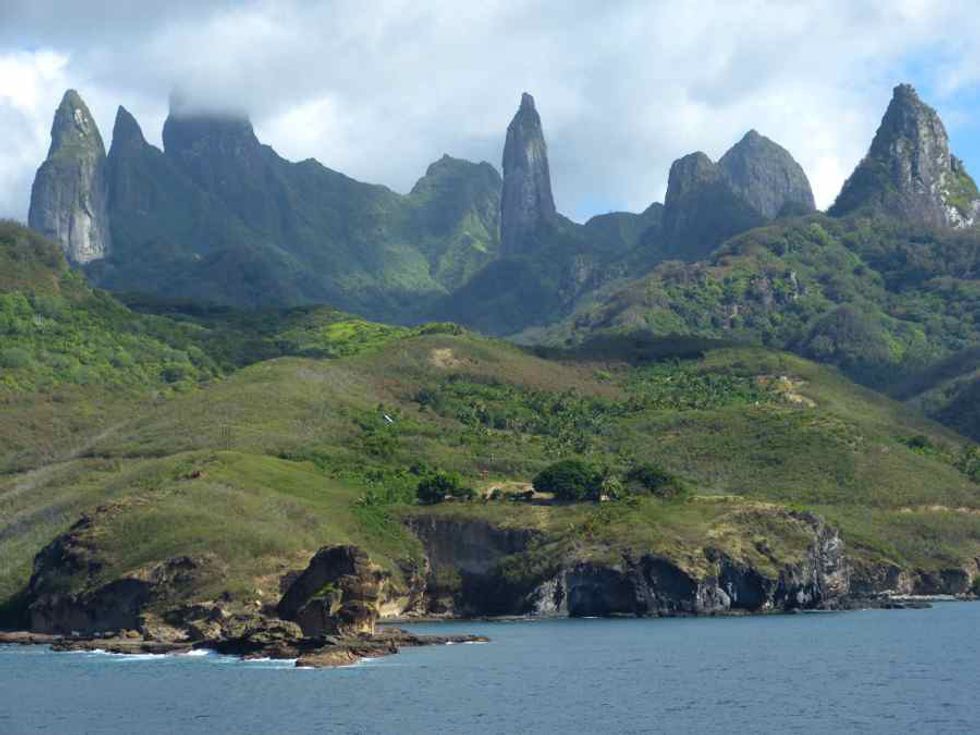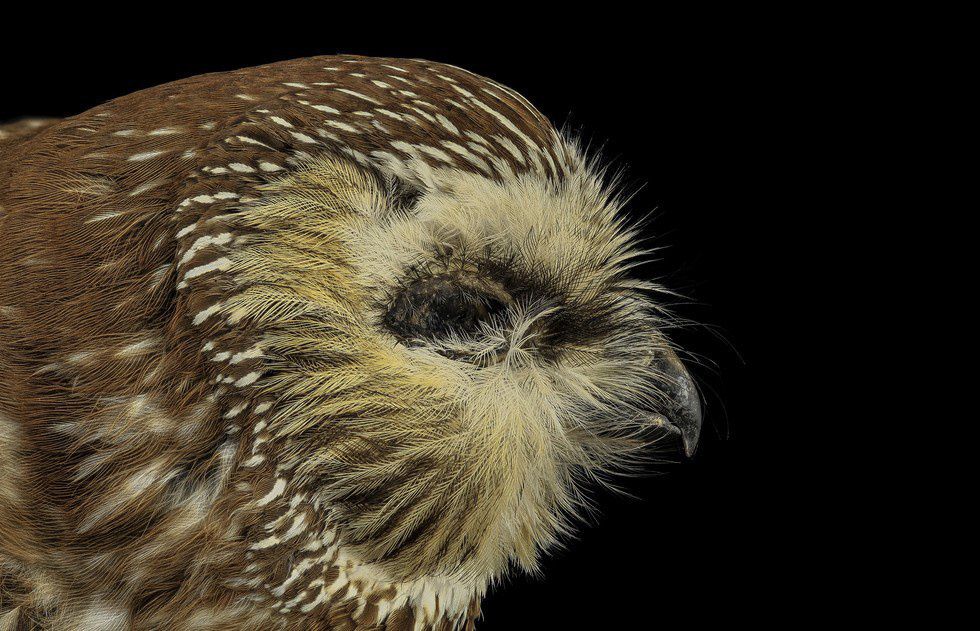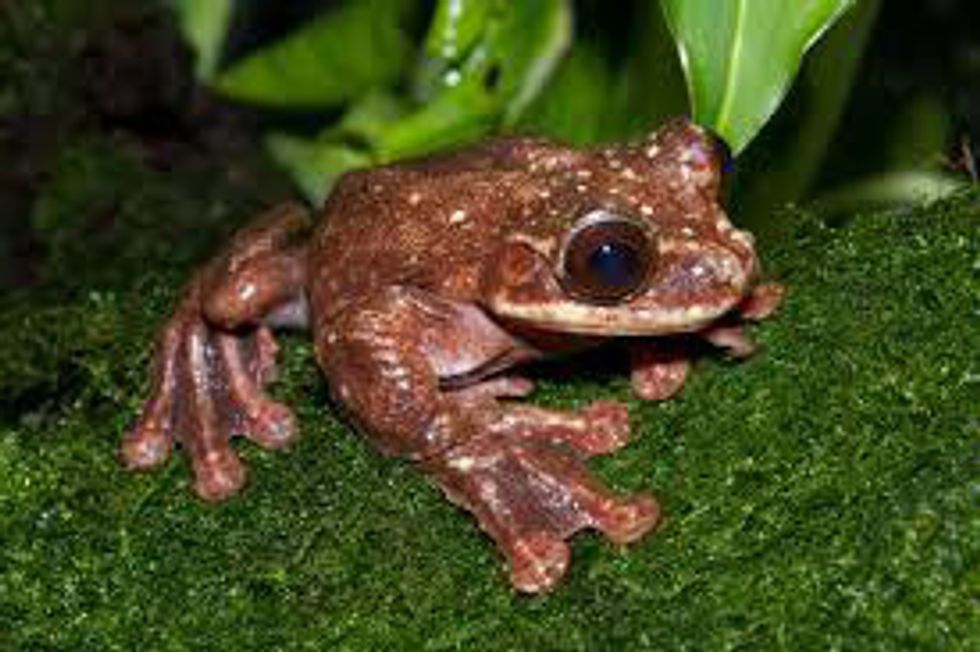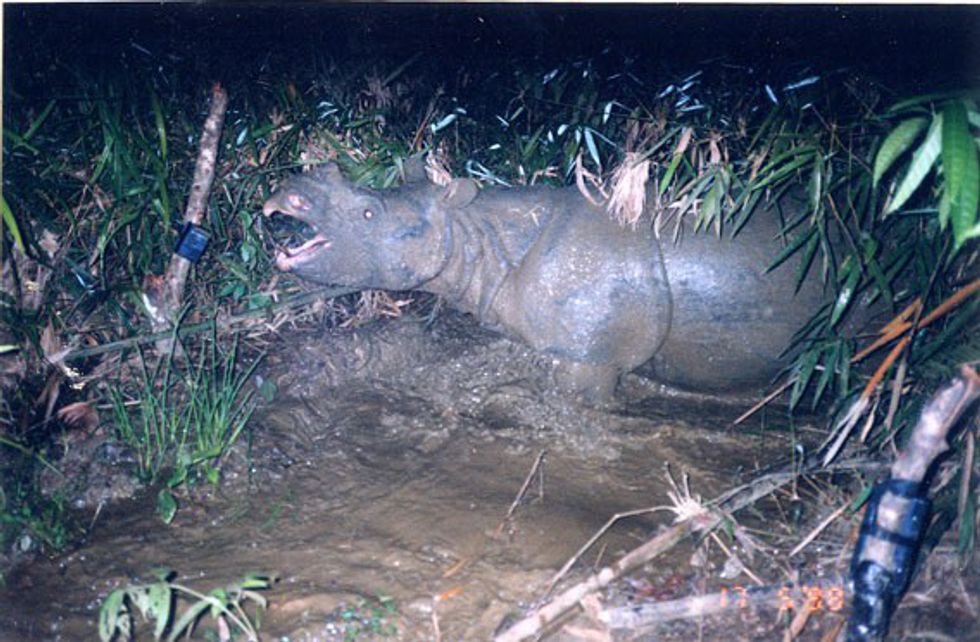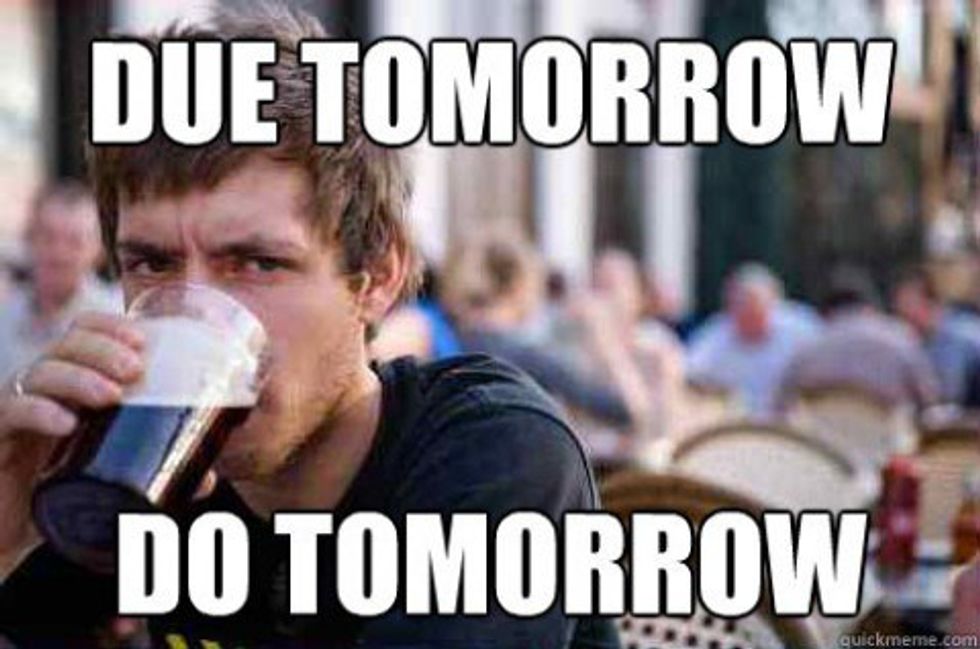The year of 2016 has been one filled with interesting news, from politics to some amazing scientific discoveries. Unfortunately, there are some species that will no longer be here to experience life on Earth. Some scientists have started to call humanity “The Sixth Extinction”. This is due to the fact that the current extinction rate is higher than it’s been in centuries; it is estimated to be 1,000 to 10,000 times higher than the natural extinction rate. At the current rate, it is estimated that hundreds of species are going extinct every year. Below are some examples of the species that have gone extinct without our awareness in the in past couple of years.
- Western Black Rhinoceros
- Formosan Clouded Leopard
- Pinta Giant Tortoise
- Lonesome George, believed to be the last of the Pinta Giant Tortoises, died in 2012 at the age of 100. He lived on a research station on the Galapagos Islands, and had become an example for endangered species everywhere. Unfortunately, various people living on the islands hunted these tortoises to extinction. Lonesome George’s passing was a sad reality for the species and the people taking care of him, as one ranger stated, “He was like a member of the family to me”.
- Lonesome George, believed to be the last of the Pinta Giant Tortoises, died in 2012 at the age of 100. He lived on a research station on the Galapagos Islands, and had become an example for endangered species everywhere. Unfortunately, various people living on the islands hunted these tortoises to extinction. Lonesome George’s passing was a sad reality for the species and the people taking care of him, as one ranger stated, “He was like a member of the family to me”.
- Japanese River Otter
- This adorable creature went extinct almost exclusively due to human activities. The Japanese river otter was originally hunted for its pelt, which reduced its numbers, and was eventually completely wiped out due to habitat destruction and pollution. The last official sighting of this otter was in 1979.
- This adorable creature went extinct almost exclusively due to human activities. The Japanese river otter was originally hunted for its pelt, which reduced its numbers, and was eventually completely wiped out due to habitat destruction and pollution. The last official sighting of this otter was in 1979.
- Bramble Cay Melomys
- This tiny rodent was a case of too little, too late. Exclusive to a low-lying island in Australia’s Great Barrier Reef, Bramble Cay Melomys’ survived for thousands of years until rising sea levels destroyed its habitat. Scientists were aware of the Melomys’ endangered status and planned to start a captive breeding program to protect it from extinction. However, by the time the scientists managed to obtain the correct permits and permission, the Melomys was no more. The scientists were heartbroken to discover that their efforts had been too little, too late. Now, they encourage others to take the extinction of the Bramble Cay Melomys as a warning that we may not have as much time as we think to save our planet’s biodiversity.
- This tiny rodent was a case of too little, too late. Exclusive to a low-lying island in Australia’s Great Barrier Reef, Bramble Cay Melomys’ survived for thousands of years until rising sea levels destroyed its habitat. Scientists were aware of the Melomys’ endangered status and planned to start a captive breeding program to protect it from extinction. However, by the time the scientists managed to obtain the correct permits and permission, the Melomys was no more. The scientists were heartbroken to discover that their efforts had been too little, too late. Now, they encourage others to take the extinction of the Bramble Cay Melomys as a warning that we may not have as much time as we think to save our planet’s biodiversity.
- South Island Kokako
- Once widespread in the forests of southern New Zealand, the South Island Kokako is now presumed extinct. This species was last spotted in 2007 and was driven to extinction by severe disruption in its ecosystem through large-scale deforestation and the introduction of non-native predators. An interesting fact about the Kokako was that it was not great at flying, and preferred to use its long, powerful legs to run and jump through the forest. However, there is some hope, as its close cousin, the North Island Kokako is still alive with a recovering population, although it is still considered “at risk”.
- Once widespread in the forests of southern New Zealand, the South Island Kokako is now presumed extinct. This species was last spotted in 2007 and was driven to extinction by severe disruption in its ecosystem through large-scale deforestation and the introduction of non-native predators. An interesting fact about the Kokako was that it was not great at flying, and preferred to use its long, powerful legs to run and jump through the forest. However, there is some hope, as its close cousin, the North Island Kokako is still alive with a recovering population, although it is still considered “at risk”.
- Ua Pou Monarch
- Similar to the previous species, the Ua Pou Monarch went extinct due to habitat destruction and the introduction of non-natural predator. These birds were native to Ua Pou, an island in the Marquesas, French Polynesia, and have not been spotted since 2010. All attempts by researchers to find these birds after 2010 have been unsuccessful. Ua Pou island is pictured below.
- Similar to the previous species, the Ua Pou Monarch went extinct due to habitat destruction and the introduction of non-natural predator. These birds were native to Ua Pou, an island in the Marquesas, French Polynesia, and have not been spotted since 2010. All attempts by researchers to find these birds after 2010 have been unsuccessful. Ua Pou island is pictured below.
- Bermuda Saw-whet Owl
- Rabbs’ Fringe-Limbed Tree Frog
- First identified in 2005, this frog was one of the species removed from an area of central Panama before a deadly chytrid fungus consumed the area. These frogs are known for being excellent climbers and gliders, as well as having an interesting bird-like call. The last of this species was the frog Toughie, as named by the son of the conservationist who took care of him. Toughie, who died in September at the age of 12, is believed to be the last of his species. Conservationists believe that the Rabbs’ Fringe-Limbed Tree Frog was driven to extinction by the chytrid fungus, which has been linked to climate change.
- First identified in 2005, this frog was one of the species removed from an area of central Panama before a deadly chytrid fungus consumed the area. These frogs are known for being excellent climbers and gliders, as well as having an interesting bird-like call. The last of this species was the frog Toughie, as named by the son of the conservationist who took care of him. Toughie, who died in September at the age of 12, is believed to be the last of his species. Conservationists believe that the Rabbs’ Fringe-Limbed Tree Frog was driven to extinction by the chytrid fungus, which has been linked to climate change.
- Vietnamese Rhinoceros
- Christmas Island Pipistrelle
- As stated in the name, this species of micro-bat lived on Christmas Island in Australia. This micro-bat weighed approximately 3 ounces and had long been a member of the island’s ecosystem, feeding on insects and roosting in large groups in tree hollows. In another case of too little, too late, scientists tried to receive approval from the Australian government to begin a captive breeding program, but by the time approval was granted there was only one bat left.
- As stated in the name, this species of micro-bat lived on Christmas Island in Australia. This micro-bat weighed approximately 3 ounces and had long been a member of the island’s ecosystem, feeding on insects and roosting in large groups in tree hollows. In another case of too little, too late, scientists tried to receive approval from the Australian government to begin a captive breeding program, but by the time approval was granted there was only one bat left.
In light of all these stories, it is clear that something must change, or humanity will become the sixth extinction. Preserving Earth’s biodiversity should be a central goal of ours as a species, not simply a side note on the to-do list. As an entire population, we are not focused on the things that are truly important. One thing is clear, though. As the World Wildlife Federation states: “There can be little debate that there is, in fact, a very severe biodiversity crisis”.


